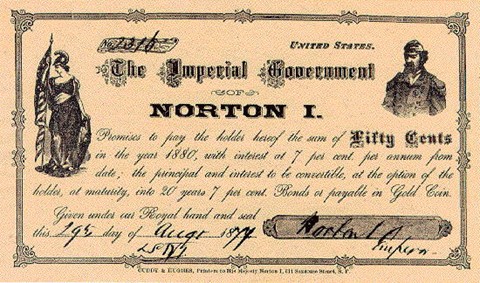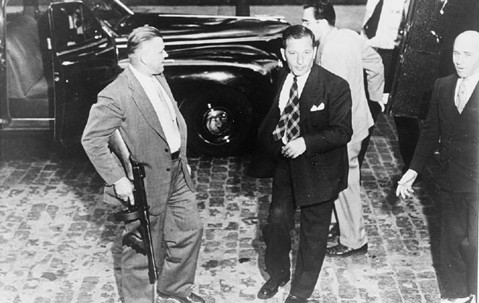
While scouring some FBI press releases last week, we came across this semi-comical gem from the Chicago field office. It announces the arrest of a Indiana tandem who stand accused of trying to arrange a contract killing. Note the details of their proposed payment for this risky task:
FRIEDBURG and ALEXANDER were both charged in a criminal complaint filed yesterday in U.S. District Court in Chicago with one count each of Conspiracy to use Interstate Commerce Facilities in the Commission of Murder-for-Hire, which is a felony offense. According to the complaint, FRIEDBURG approached a former co-worker, asking for their assistance in finding someone to kill her ex-boyfriend, who was the father of one of her children. The complaint further alleges that FRIEDBURG wanted her former boyfriend murdered as he was seeking to gain custody of the child that he fathered and that she wanted his death to look like an accident.
The former co-worker cooperated with the FBI and arranged for the introduction of an FBI undercover Special Agent (UCSA) to FRIEDBURG, who posed as a potential “hit man.” During subsequent conversations with the UCSA, FRIEDBURG provided essentially the same reason for wanting her former boyfriend killed and offered him $200 cash and an above-ground swimming pool as payment for the murder.
Our initial reaction was to chortle at the “fee”—is life really that cheap in New Carlisle? (Any Microkhan readers out there who can fill us in, perchance?) But on further reflection, we came to realize there was something worthy of study here—specifically the going rate for murders-for-hire in America today, and how it compares to both historical and international rates.
Believe it or not, our interest isn’t strictly prurient. We actually think such data can tell us something about the state of law enforcement in U.S., since murder-for-hire fees must obviously correlate with the degree of risk involved—the higher the likelihood of capture, the higher the fee. We’re also interested in how much prices range, depending on the desperation of the hired gun and the nature of the target—for example, do targets with higher incomes attract killers with higher fees?
And so we’re proud to announce the launch of The Murder Project, our second Microkhan series (the first being the semi-regular First Contact feature). We’ll be keeping an eye out for stories and studies regarding the murder-for-hire market, with the intent of establishing a reliable estimate of how much contract killings go for nowadays. In addition, we’ll be digging up prices from the olden days, as well data about fees in foreign lands.
We’ll start today with a slam dunk, courtesy of Microkhan ally Nina Shen Rastogi over at Slate. Her February “Explainer” column on the topic is a great place to start, especially this kicker factoid about an Australian study from 2004:
A few years ago, the Australian Institute of Criminology and South Australia’s major crime-investigation branch studied 163 attempted and actual contract killings between 1989 and 2002. The average rate received was 12,700 Australian dollars, or about $8,254. The lowest was 380 AUD (about $250), and the highest was 76,000 AUD (about $49,400).
We’ll have more later this week, as we plow through 108 FBI press releases about murder-for-hire arrests since 2007. Stay tuned.
(Photo above: Murder Inc. impresario Louis Buchalter on his way to court, 1941)



 As noted at the end of our
As noted at the end of our 



 In response to our recent post about
In response to our recent post about  We find ourselves completely baffled by the
We find ourselves completely baffled by the  Yesterday’s news that a
Yesterday’s news that a 